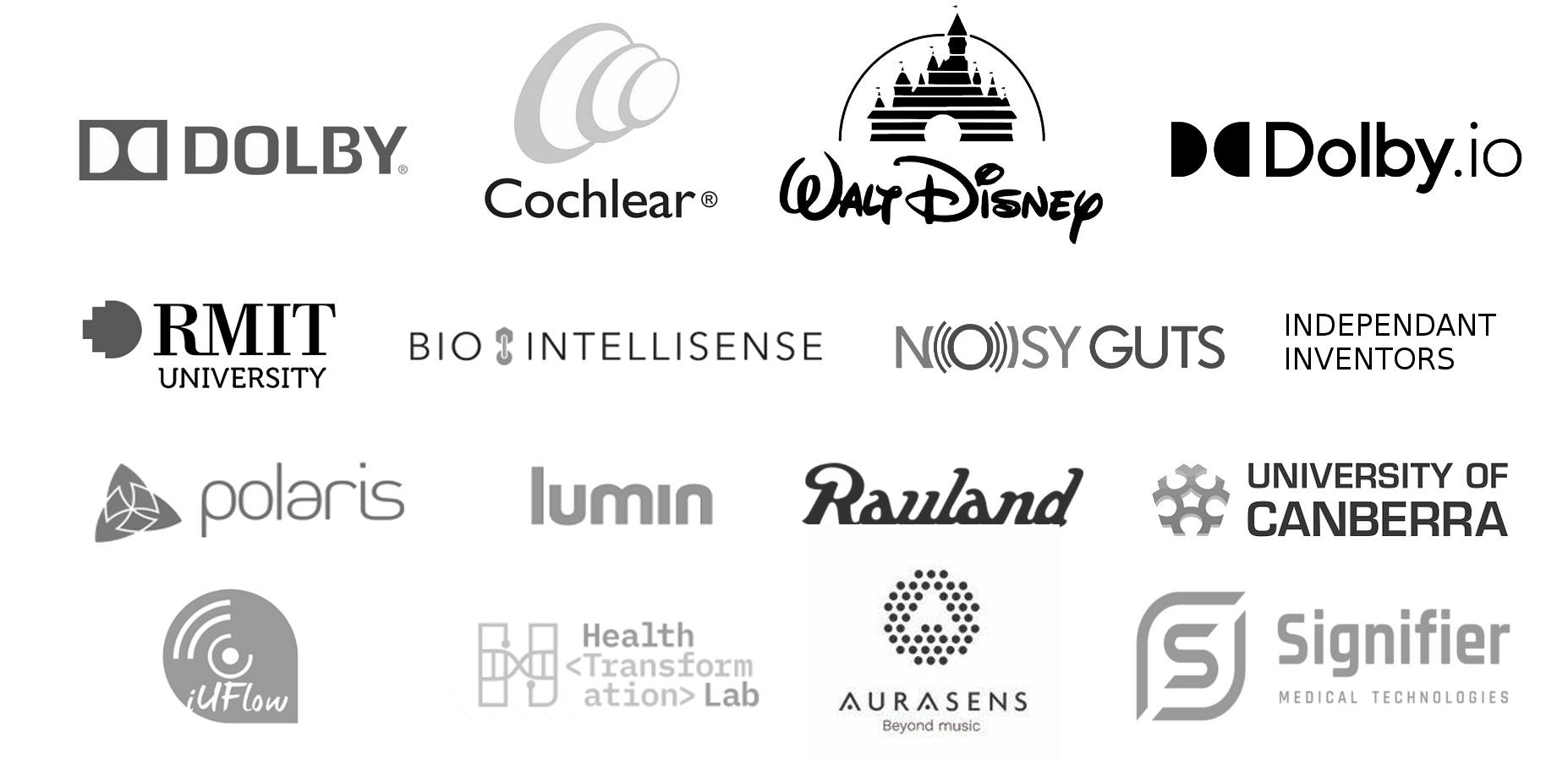Skywalker sound
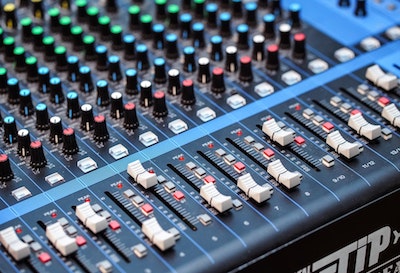
> Researched and developed a deep learning based system for automating and facilitating the sound mixing of movie and series at Skywalker sound (a Disney company) in Nicasio, California.
> Use of Tensorflow, Keras, Pytorch and other software libraries.
> Ingestion of very large datasets.
Featured
Cochlear implant - (bionic ear)

TASK
To develop a sound classifier embedded in Cochlear implant (CI) devices (market: ~600,000 units worldwide).
CHALLENGES
> Machine learning algorithm must be highly efficient due to limited memory and processing power on CI device
> High probability of wind, mechanical and environmental noise
> Large variety of acoustical and reverberant environments
> Algorithm must pass clinical studies and health regulations checks
HOW WE HELPED
> Carried out core R&D activities
> Created selective audio features
> Used machine learning state-of-the-art tools and best practices (Weka, scikit-learn, Matlab, Simulink, Python)
> Created training and test databases
> Reduced overall algorithmic complexity by 50%
> Modified algorithm so as to allow fixed-point DSP porting
> Documentation creation and project management
RESULTS
> Created a sound classifier with 85% accuracy on never-seen audio data
> Helped client achieve technical readiness level 6
Dolby Atmos
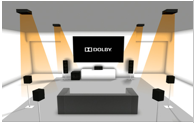
TASK
To create reference C-code for the Dolby Atmos audio rendering engine (used in millions of consumer electronics devices worldwide).
CHALLENGES
> Main challenge: to modify, simplify and test a complex sound processing software architecture in a way that produces almost identical digital audio outputs between floating-point and fixed-point implementations.
> Project had to be delivered before an aggressive deadline.
HOW WE HELPED
> Carefully created, debugged and simplified a C-language implementation of the Dolby Atmos DSP engine
> Created unit and system tests
> Performed testing and profiling of code on embedded platform (Pandaboard, ARM Cortex A9)
> We integrated seamlessly with our client’s team by adopting all their tools and practices for code revision control, bug tracking, code review, automated build/test and documentation creation (Dolby internal C libraries, Perforce, Jira, Visual Studio, Python, XML, Code collaborator, Jenkins, Confluence)
> Bi-weekly conference call with client
RESULTS
> 3 bit maximum error between fixed and floating points versions of the code
> Code delivered fully tested, reviewed and documented
> Project delivered before deadline and within budget
Connected wearable medical device

TASKS
Task: to develop highly efficient machine learning algorithms running on an embedded wearable medical device. To develop a cloud-based machine learning algorithm which classifies signals accelerometer and audio signals.
CHALLENGES
> Algorithms must be highly efficient to maximise battery life
> Algorithm must have a very low level of false positives and must perform well for a wide range of users
> Project needs to be deliver before an aggressive timeline
HOW WE HELPED
> Carried out core R&D activities
> Creation of reference implementation models as blueprints for porting.
> Overall system architecture
> Project management
RESULTS
> Created and trained machine learning algorithm passing true positive and false positives requirements, while being efficient to implement on a micro-controller.
> Developed a companion cloud-based CNN neural network classifier of audio and accelerometer signals that outperformed the client's accuracy requirements.
Nurse call handset

TASK
To improve the sound quality and loudness of a nurse call handset product which could not go to market until issue was resolved.
CHALLENGES
> Sound quality issue was critical as commercialisation of handset could no go ahead without solving this particular issue.
> Several acoustical consulting companies had tried unsuccessfully to solve the audio quality issue before we intervened.
> Very limited real-estate available inside handset.
> Electronics could not modified to boost the sound output, solution had to be purely passive
> Handset needs to be hermetically sealed to outside, which creates a barrier for sound transmission.
HOW WE HELPED
> Used an acoustical ‘trick’ to naturally boost sound output without additional amplification.
> Performed acoustical measurements before and after our intervention
> Advised on the best possible loudspeaker part to use given the dimension constraints
> Designed a loudspeaker enclosure which could fit inside the very limited space inside handset.
> Designed loudspeaker ports and advised on waterproof membrane
RESULTS
> Thanks to our design, the sound output was boosted by +6dB without any additional amplification.
> Bass response and audio quality significantly improved.
> We removed the project roadblock, which prevented commercialization of the product.
Conference phone system
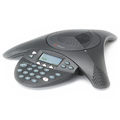
TASKS
> To create a real-time demonstration system for a prototype conference phone developed by an independent inventor.
> To perform acoustical validation and give advice on how to improve the apparatus.
CHALLENGES
> Prototype conference phone had a unique design with multiple microphones and ‘off the shelf’ solutions could not be employed
> Device had a complex development history and had multiples iterations and versions
HOW WE HELPED
> Performed various measurements to acoustically validate and chose the best version of the conference phone.
> Created a fully functional demo platform as a real-time PC application which implements a VOIP gateway, noise cancellation, acoustic echo cancellation, sound card input and output and microphone calibration
> Provided advice and expertise on how to improve the system.
RESULTS
> Acoustically validated conference phone.
> Created a fully functional demonstration system which can be used for the purpose of pitching the invention to investors.
Smart urinary flow meter
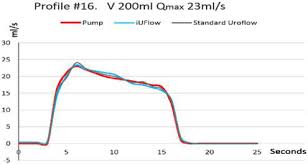
TASK
To perform core R&D activities and develop new algorithms to produce a proof of concept for an urinary flow meter (medical device).
CHALLENGES
> Device had a unique design and sensor and we had to develop a custom solution.
HOW WE HELPED
> Created a physics model of device (which includes a leaky integrator).
> From the physics model, an algorithms was then derived to infer flow, volume and other parameters from a single sensor (time series data).
RESULTS
> The flow meter, based on our algorithms, had a <10% accuracy compared to a reference commercial medical device.
> The results validated the proof of concept and allowed our client to continue the development of their product with confidence.
Dolby.io
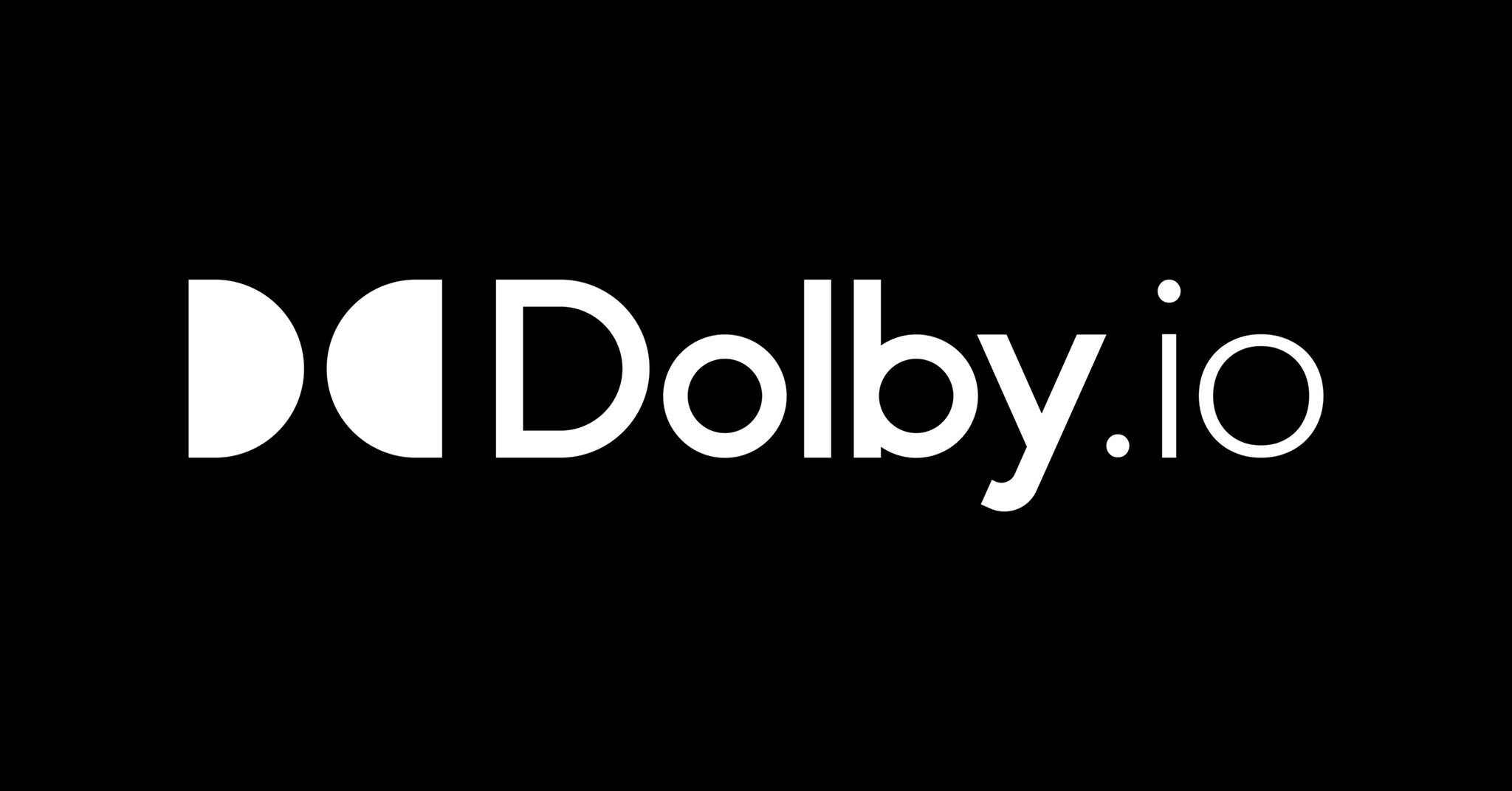
.
Dolby Atmos (headphone virtualizer)
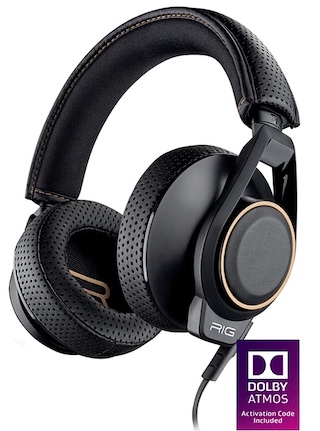
> Performed software engineering (C language) for the Dolby Atmos headphone rendering engine.
> Worked with both the research and engineering teams at Dolby.
> Reconciled very complex code bases made of C, Matlab and Python.
> Our code now runs on thousand of consumer electronic devices as part of Dolby Atmos (Xbox game console, Samsung phones etc.)
> Created new system tests with Python (Pytest) running on a CI server (continuous integration)

